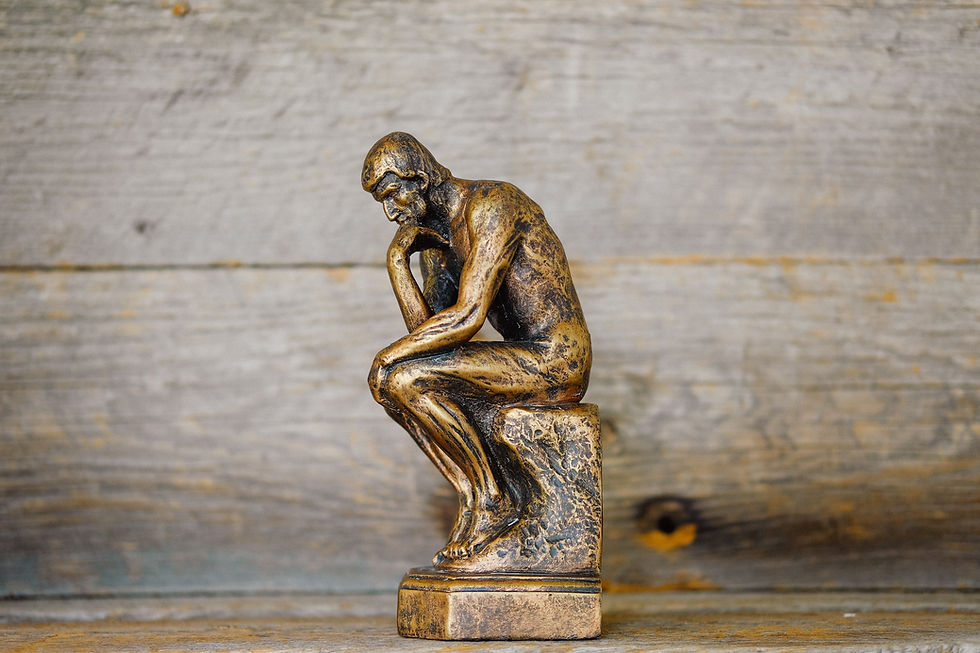A Behavior Analysis of Love
- daniellerbratton

- Jun 16
- 3 min read

After hearing so many parents share their guilt about having to “divide” their love, especially when welcoming another child, I wanted to share a different take. One rooted in behavior analysis, but also in the lived experience of watching love grow in real time.
Because love isn’t something you divide. It’s something that multiplies. And I think we’ve been doing the math wrong.
The Limits of the Pie Metaphor
The pie metaphor makes intuitive sense. We only have so many hours in a day, only so much attention to give. And love often involves action, like time, energy, and care, so it’s easy to confuse it with a finite resource.
But love is not a substance. It isn’t a measurable quantity stored inside of us. Love is behavior that is shaped by learning, evoked by context, and maintained by reinforcement. It’s not something you divide. It’s something you engage in, and when the conditions support it, something that grows.
What we call “love” is often a collection of observable actions: comforting, supporting, protecting, celebrating, listening, waiting, returning. These behaviors are influenced by our learning histories and strengthened by the feedback we receive from others and from the environment. When those behaviors are reinforced, they’re more likely to occur again, and more likely to generalize across relationships.
So when we bring someone new into our lives like a second child, a partner, a friend, a pet we aren’t slicing the pie thinner. We’re creating new contexts for loving behavior to be evoked. We’re building a broader repertoire and contacting new forms of reinforcement that strengthen it.
What About the Feeling of Love?
Of course, love is not only behavioral in the observable sense. It is also experienced privately. When you feel love, that internal experience is part of a history. It has been reinforced by the people and experiences that made those feelings meaningful. It’s tied to the signals, rhythms, and responses that have come to evoke that emotional state. A smell, a sound, a certain phrase at just the right moment, all of these can call up powerful internal events we recognize as love.
And when you add someone else to love, you’re not reducing the intensity of those experiences. You’re expanding the set of stimuli that evoke them. You’re increasing the number of cues, contexts, and interactions in which that private event is likely to occur.
Love, in this sense, becomes more available, not less.
Love as an Exponent
When people describe love as something that’s split or stretched thin, they’re using division. “Now I have two people to love, so my love must be twice as strong.”
But what I’ve seen in families, in relationships, and in my own life is that love isn't divisible. It's exponential.
Every time we build a new relationship that reinforces loving behavior, it changes the system. It doesn’t just add another instance of love, it increases the likelihood and intensity of loving behavior across relationships. Our capacity grows. Our fluency improves. The presence of love in one relationship can strengthen it in others.
This isn’t just a metaphor. From a behavioral perspective, reinforcement strengthens behavior and makes it more likely to occur under similar conditions. If love is a set of behaviors that are reinforced in multiple settings, then each new opportunity to love makes those behaviors stronger and more available elsewhere.
In short: the more you love, the more you can love.
Rethinking the Guilt, Reworking the Math
I think a lot of the guilt that parents carry especially when expanding their families comes from the belief that love must be divided. That time and attention are fixed and finite, and that more children mean less love to go around.
But if we reframe love not as something we use up, but something we strengthen through engagement, that guilt softens. We stop measuring love in slices and start understanding it as a behavior that grows with use.
Love isn’t a pie. It’s not a container that empties with each person we bring into it. It’s a process and one that expands when practiced.
It’s not divisible, it’s exponential.
And it was never meant to be measured in parts.

